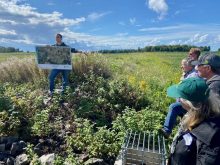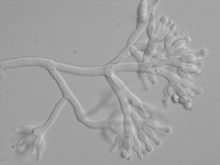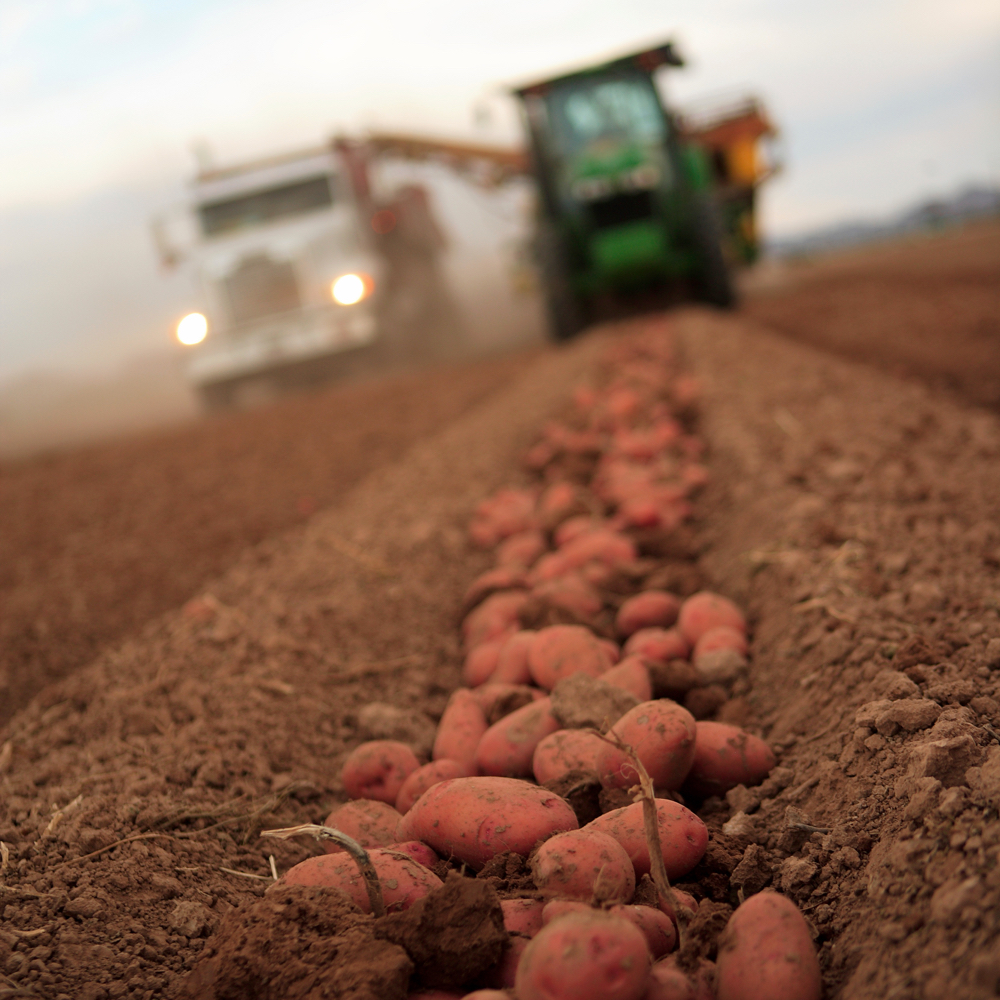The Huronview Demo Farm looks much different than it did a year ago when tile machines from several companies were busy installing the numerous drainage systems showcased at the farm.
Soybeans were harvested at the farm in late September and wheat planted shortly after.
Why it matters: The Huronview Demo Farm is a rare place with a small ecosystem that gives the opportunity to do focused drainage and nutrient studies.
The farm is in the midst of a three-year rotation to establish baselines, says Alan Willits, president of the Huron Soil and Crop Improvement Association. Once those baselines are understood, then experimentation will start using whatever tests the organizations involved — the HSCIA, the Ausable Bayfield Conservation Authority and the County of Huron, which owns the land. Two local farmers, with fields in the small 120-acre watershed are also co-operating with the project.
Read Also

Conservation Authorities to be amalgamated
Ontario’s plan to amalgamate Conservation Authorities into large regional jurisdictions raises concerns that political influences will replace science-based decision-making, impacting flood management and community support.
Rick Kootstra, whose farm and woodlot abuts the property says the small size of the watershed, which dumps into the Bayfield River, makes it perfect for research on water movement through farm fields.
The site has been owned by the county since 1895 and was once a House of Refuge. Remnants of that history, including a graveyard, remain. The site was rented out for farming for years until the county agreed to rent it for $1 per year to the Huron Soil and Crop Improvement Association as long as it was used for innovative projects.
The investment by the various organizations, with the support of drainage contractors, means a long-term commitment to the site and what it can teach the agriculture sector.

What was installed?
Some of the site remains undrained and some of it is in conventional pattern drainage, with the water moving through tile in a controlled manner to an outlet tile, which takes the water toward the river.
The other two types of drainage are rarer in Ontario.
Contour drainage tiles run with the contours of the land, at a one per cent slope, lower than the slope in conventional drainage, which usually runs from 2.5 per cent to three per cent, says Willits. The water moves along the contours to the head of the tile. Water removal at the contours reduces erosion. In one contour-drained field at the farm 10 control gates are located on the south side of the field and 11 more along the east side.
No work has been done yet with the control gates during the benchmarking period, but over the long term, the gates can be used for subsurface irrigation — holding water in the tiles during drier periods .
Gates can be pulled or added depending on how much water is desired in the tile system. Some of the gates are from AgriDrain in the United States and others were built by the local SCIA.
Subsurface irrigation won’t work in every field because slopes have to be controlled. That means in some cases the tile has to be put lower in the field to achieve the one per cent slope.
The third type of drainage on the site is terraces. On one field, three curves of dirt were installed to stop water from flowing directly down the hill toward the river. Instead the water is redirected into a drainage ditch running next to the field. That reduces erosion and gives better control of water flowing to the river.
There was vigorous debate before installation over how some of the systems would work. Kootstra says farmers thought the tiles should outlet right into the river, as they usually do, but Mari Veliz of the ABCA argued for the water to be distributed before it got to the river. Rip rap, angled stone piled to distribute quickly flowing water, was used instead.
“You don’t have high speed water flowing into the river,” said Kootstra on a recent tour of the site with Veliz and Willits.
Recording data
The ABCA has 26 data loggers at the site, most of them below ground, which take measurements every 15 minutes. They recently added another box to measure water coming out of the woodlot at the edge of the site.
Someone recently stole some of the monitoring equipment so there’s less that the researchers can do.
The Huronview Demo Farm is just starting its life. Soon it will be mostly managed in a no-till system, with some potential strip tillage for corn. Its long-term yield will be more than crops as it provides data and information for the larger agricultural sector.













